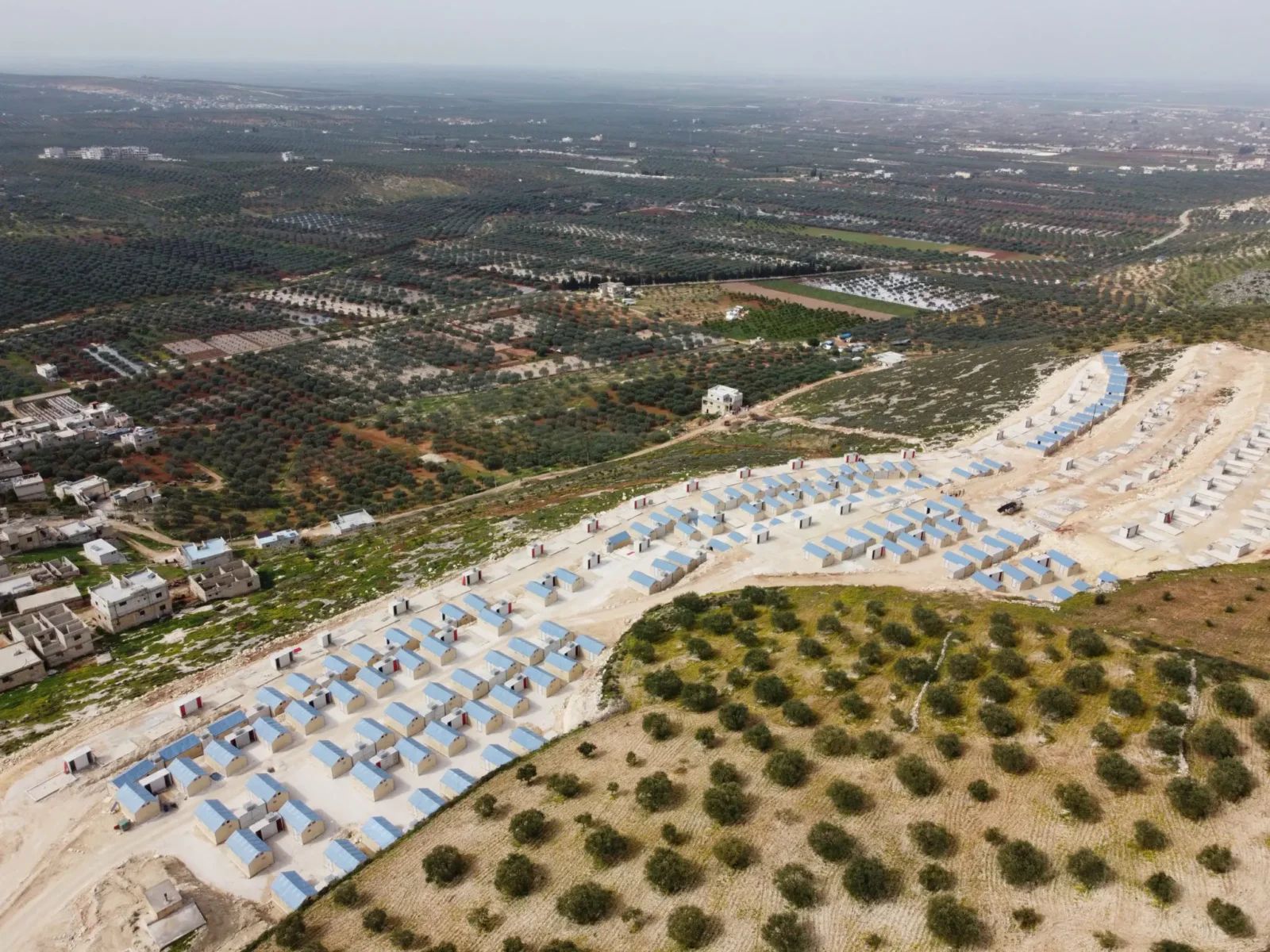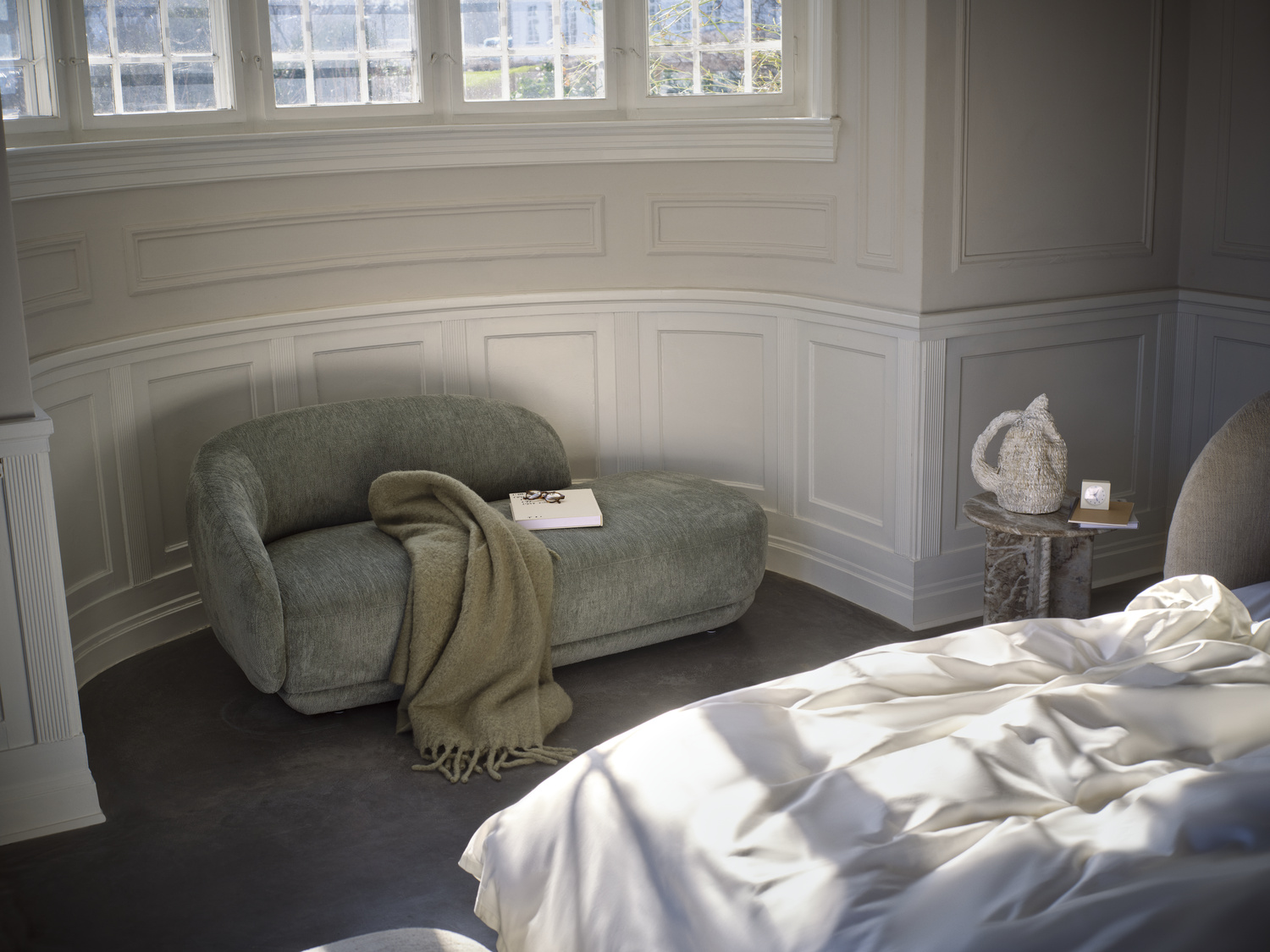There are estimated to be over 100 million displaced people around the world. While hiding from war, violence, persecution or natural disasters, these people occasionally spend years, even decades, in temporary homes in refugee centres. In 2009, designer Johan Karlsson started working on a more durable solution than tents that are widely used for the purpose. The following year he joined forces with IKEA Foundation and UNHCR. IKEA’s Foundation’s Housing for ALL has helped mitigate the problem by designing easy-to-assemble portable homes. The project had to follow UNHCR specifications that included simple assembly, safety, affordability, and resilience to a variety of harsh climate conditions. In partnership with UNHCR, they have produced and distributed a hundred thousand of these to improve the lives of refugee families around the world.
But what is Better Shelter?
It’s a flat-pack home that provides better protection, safety, and solar energy to its residents. Unlike tents, which lack durability and only last around six months, Better Shelter has an expected lifespan of 3 years. It offers better ventilation and security, as every unit has lockable doors. The IKEA Foundation finances the project. It can be assembled on-site without any equipment. Solar panels on top provide energy used for illumination, cooking, and such. The shelter is waterproof, has a lock, and is functional at an affordable price. Its modular design allows for the creation of several rooms (kitchen, bedroom, bathroom, etc). Better Shelter is a social enterprise; every dollar is reinvested within the company.
“We are incredibly proud that the Better Shelter is now available, so refugee families and children can have a safer place to call home,”
says Jonathan Spampinato, Head of Strategic Planning and Communications at the IKEA Foundation.

Built for Safety, Privacy, and Sustainability
The prototypes were tested in a Somali refugee camp in Ethiopia. In 2013, the homes were already being tested by refugee families in other countries, including Iraq, which helped improve the design. IKEA, UN Refugee Agency, and UNHCR have shared expertise to develop temporary housing for families across the world. By now, they have delivered over 90,000 shelters to 90 countries, spanning from Saharan Africa, the Middle East, and Southern Europe, to Niger and Iraq.
In 2016, MoMA exhibited one shelter within its Insecurities: Tracing Displacement and Shelter exhibition, which was later included it in its permanent collection. The shelter won the Beazley Designs of the Year 2017 award and captured the attention of Time Magazine, which listed the shelter as one of the year’s best inventions. After that, the organisation issued an improved version of the Better Shelter. Although the original purpose was to provide refuge, the modular design allowed the model to be used for classrooms, healthcare, and community centres. During the COVID-19 pandemic, the shelters were used as isolation rooms in Brazil, or as information centres outside main hospitals, including the Swedish Östra Hospital in Gothenburg.










